Russian
Japanese
French
German
Korean
Vietnamese
Hong Kong is a city that captivates the senses. Blending towering skyscrapers with lush green mountains, colonial heritage with Cantonese traditions, and Michelin-starred restaurants with street-side food stalls, it presents an electric energy that’s hard to replicate. For first-time travelers, the city may seem overwhelming, but this guide will walk you through the very best things to do in Hong Kong, ensuring a well-rounded and deeply immersive experience.
Soak in the View from Victoria Peak
No visit to Hong Kong is complete without a trip to “The Peak”. Take the historic Peak Tram — operating since 1888 — and ride to the top where panoramic views of Hong Kong Island, Victoria Harbour, Kowloon, and beyond await.
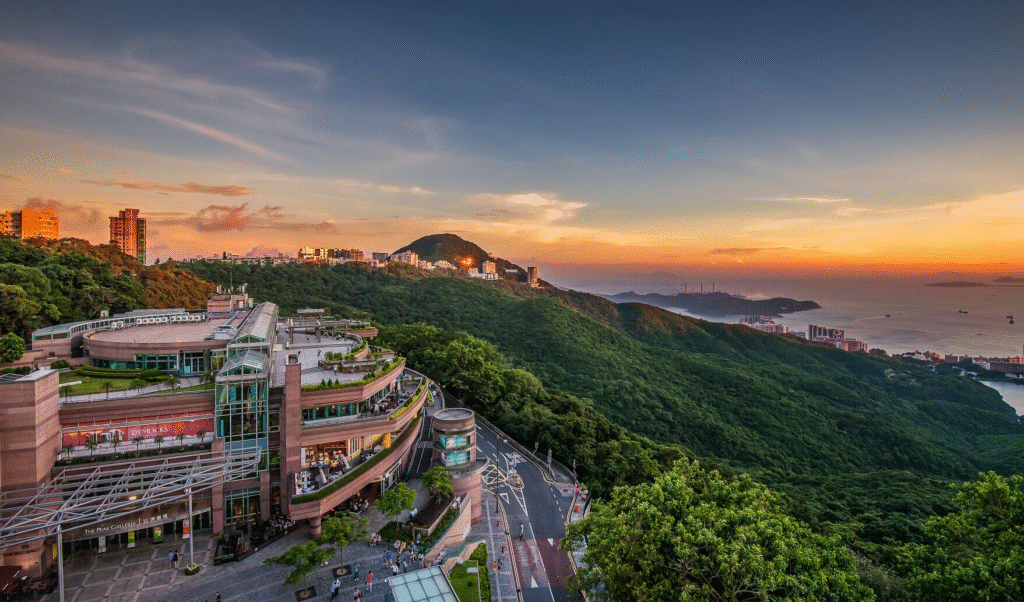
For the best experience, visit near sunset and stay to watch the city transform into a sea of lights. The Sky Terrace 428 provides a 360-degree view, while the nearby Lugard Road walking trail offers a peaceful scenic stroll.
Take a Ride on the Iconic Star Ferry
Operating since 1888, the Star Ferry is not only one of the cheapest rides in the world but also one of the most scenic.
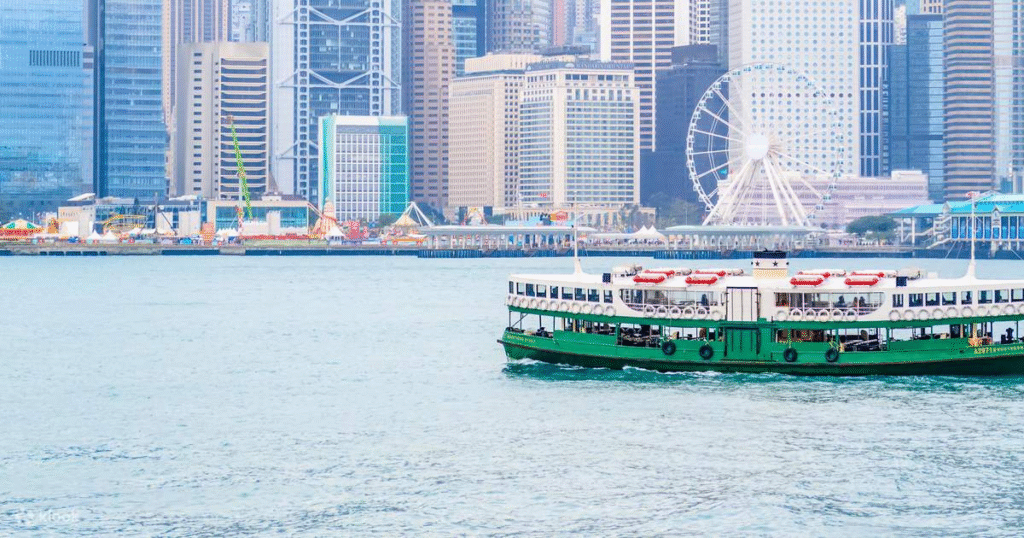
Connecting Central and Tsim Sha Tsui, the ferry offers unparalleled views of Victoria Harbour. Whether day or night, this quick ride is a calm interlude amidst the city’s fast pace.
Visit the Tian Tan Buddha (Big Buddha)
Located on Lantau Island, the Tian Tan Buddha is one of the largest seated outdoor bronze Buddhas in the world. Standing over 34 meters tall, it symbolizes the harmonious relationship between man, nature, and faith.
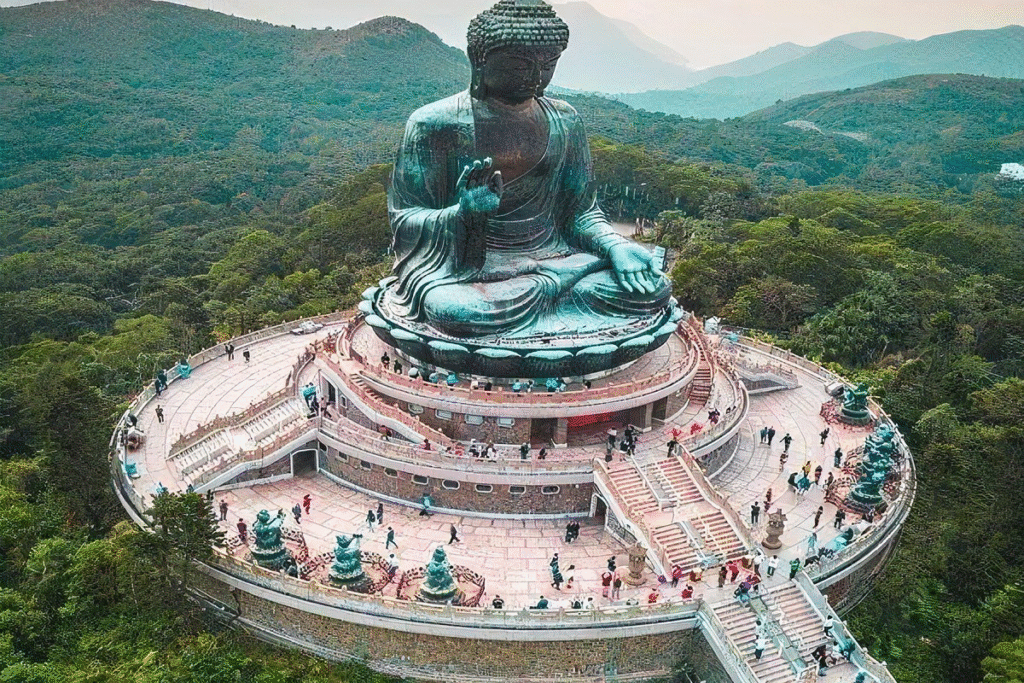
To get there, take the scenic Ngong Ping 360 cable car, which offers sweeping views of mountains, sea, and the airport. Don’t forget to explore the tranquil Po Lin Monastery nearby.
Wander Through Mong Kok’s Vibrant Streets
Arguably Hong Kong’s most bustling neighborhood, Mong Kok is a microcosm of local life. Here, you’ll find Ladies’ Market (great for souvenirs and cheap fashion), the Sneaker Street (sportswear heaven), and the Goldfish Market.

Visit at night for neon-drenched streets, aromatic street food, and endless people-watching.
Sample Authentic Hong Kong Street Food
From curry fish balls and egg waffles to stinky tofu and pineapple buns with butter, Hong Kong’s street food is an adventure in itself. Street vendors in Mong Kok, Sham Shui Po, and North Point serve up some of the city’s most flavorful and affordable eats.

Don’t miss cheung fun (steamed rice rolls) drizzled in sweet soy, sesame, and peanut sauces.
Explore Traditional Temples
Despite its modern skyline, Hong Kong is deeply spiritual. Visit the Man Mo Temple in Sheung Wan, a tribute to the gods of literature and war, famous for its coils of incense and antique interior.

Wong Tai Sin Temple, in contrast, is a bustling site where locals pray for health, love, and fortune.
Stroll Along the Tsim Sha Tsui Promenade
The Tsim Sha Tsui Promenade offers one of the best vantage points of Hong Kong Island’s skyline. Here you’ll find the Avenue of Stars, which honors local film legends like Bruce Lee and Anita Mui.
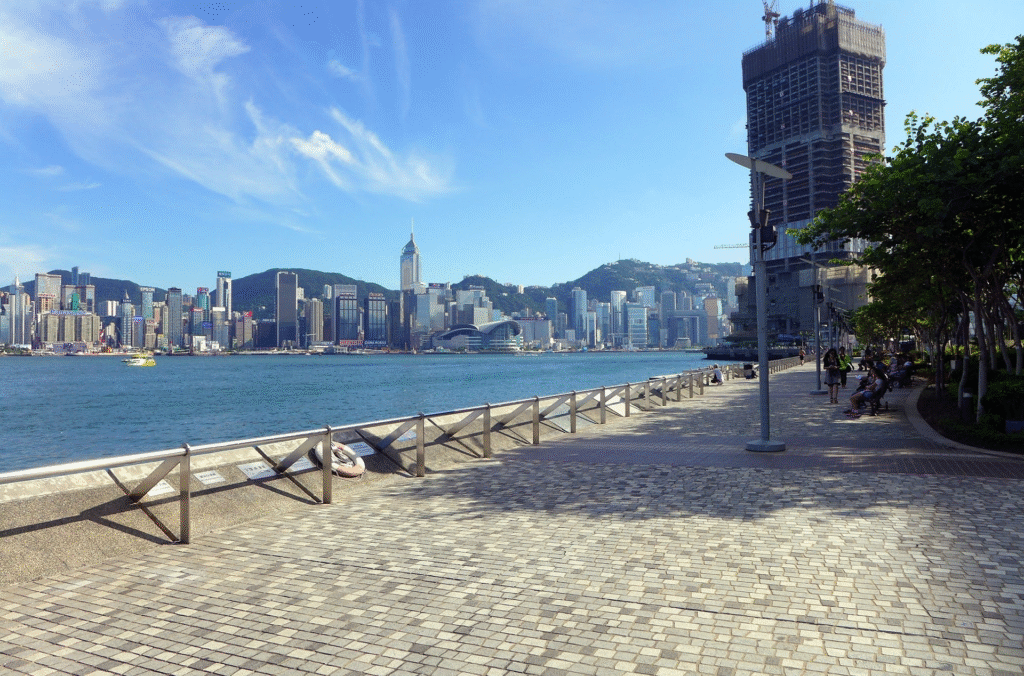
Come at night to enjoy the Symphony of Lights — the world’s largest permanent light and sound show.
Enjoy Dim Sum Like a Local
Dim sum is more than food — it’s an experience. Head to Tim Ho Wan (the world’s cheapest Michelin-starred restaurant) or Lin Heung Tea House for a taste of steamed dumplings, barbecued pork buns, and rice noodle rolls.
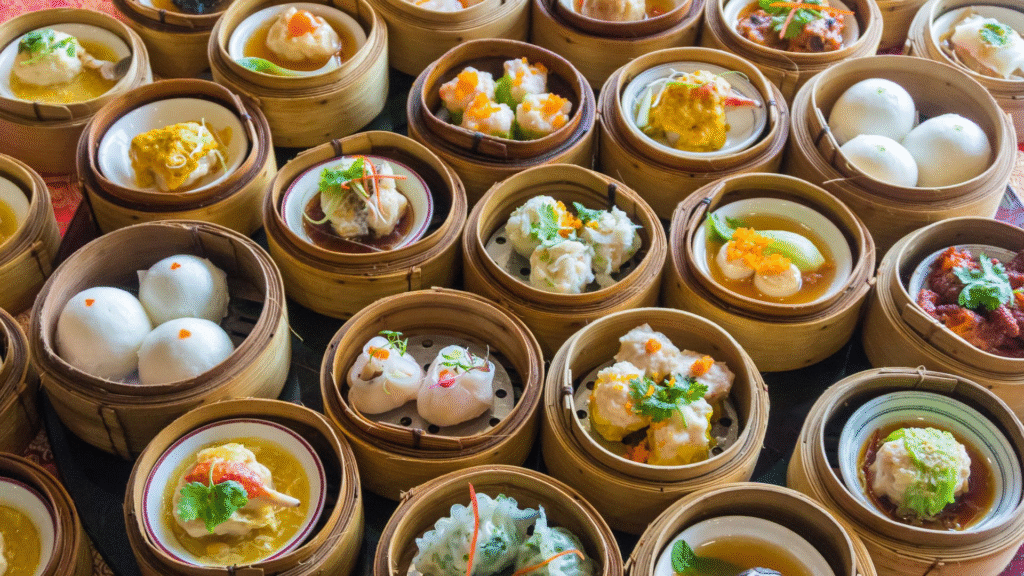
Locals often gather for dim sum brunch on weekends, turning the meal into a family ritual.
Hike the Dragon’s Back Trail
For a breath of fresh air, take on the Dragon’s Back, one of Hong Kong’s most scenic hiking trails. Located on the southeastern coast of Hong Kong Island, the trail offers views of Shek O, Big Wave Bay, and the South China Sea.
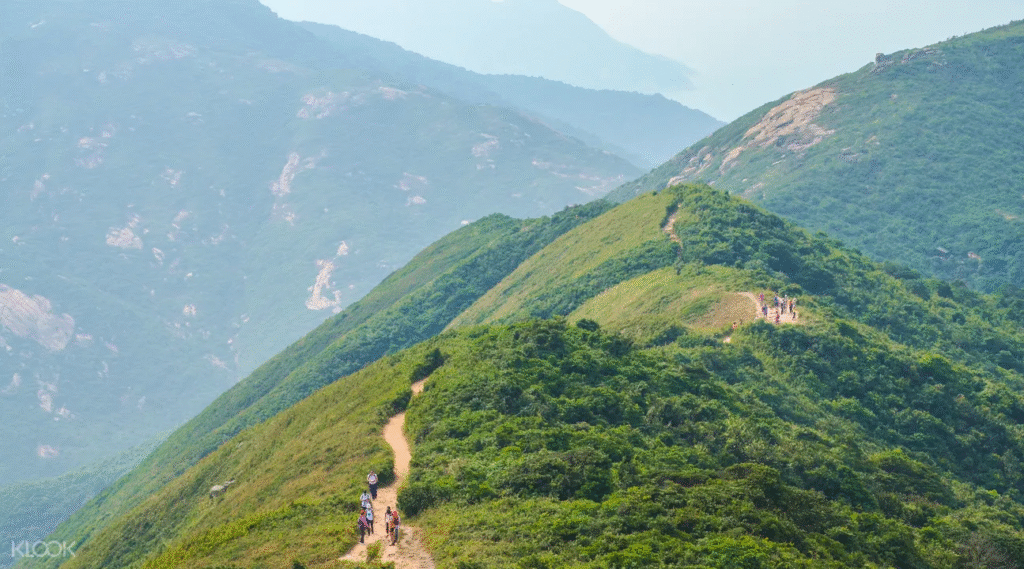
The hike is moderately easy and takes about 2–3 hours to complete.
Explore Hong Kong’s Islands
Beyond the city core are over 200 outlying islands. Cheung Chau is famous for its bun festival, street snacks, and beaches.

Lamma Island offers a more relaxed, bohemian vibe, with seafood restaurants and coastal trails. These islands are perfect for a slow-paced day trip.
Ride a Ding Ding (Tram) on Hong Kong Island
Hop on a double-decker tram — affectionately known as “ding ding” — for a nostalgic journey through the neighborhoods of Hong Kong Island.
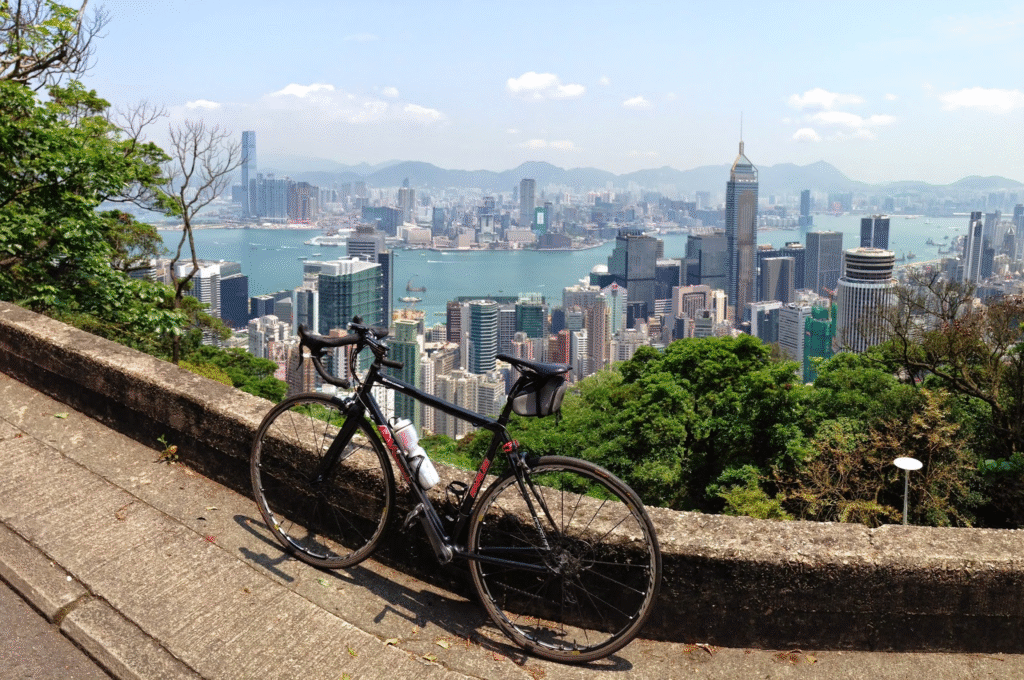
The ride from Kennedy Town to North Point or Shau Kei Wan passes through major districts like Central, Wan Chai, and Causeway Bay. It’s one of the best ways to see local life up close.
Dive Into the Museums and Art Scene
Hong Kong’s museums offer a deep dive into its cultural, historical, and artistic legacy. Visit the Hong Kong Museum of History for a thorough overview of the city’s past. The M+ Museum in West Kowloon showcases cutting-edge visual culture and design.

Don’t miss Tai Kwun, a heritage and arts complex housed in a former police station and prison.
Shop Till You Drop
From luxury malls like IFC, Elements, and Harbour City to local markets and quirky boutiques, Hong Kong is a shopper’s paradise.

Head to Sham Shui Po for electronics and fabrics, or PMQ for local designer products.
Experience a Local Cha Chaan Teng
Cha chaan tengs are local diners that serve a mix of Cantonese and Western comfort food. Try the classic Hong Kong-style milk tea, macaroni soup with ham, or baked pork chop rice.
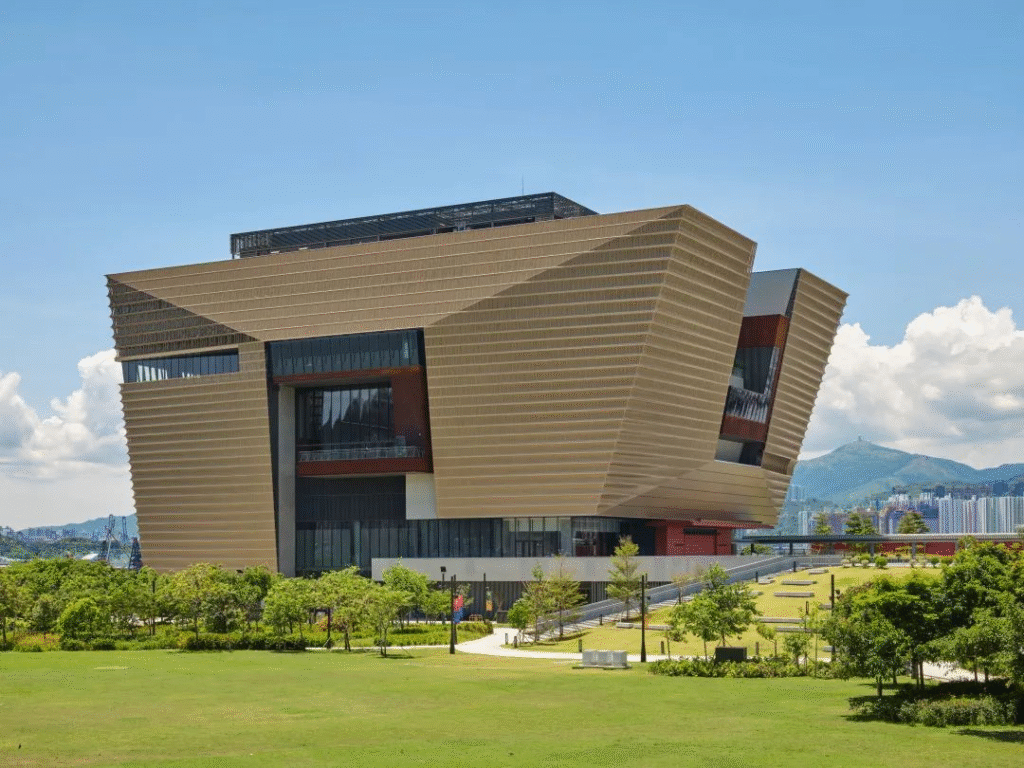
These humble eateries reflect the city’s colonial history and working-class roots.
Take a Night Cruise on Victoria Harbour
For a truly memorable evening, take a junk boat cruise on Victoria Harbour. Several operators offer sunset or dinner cruises, often timed with the Symphony of Lights.
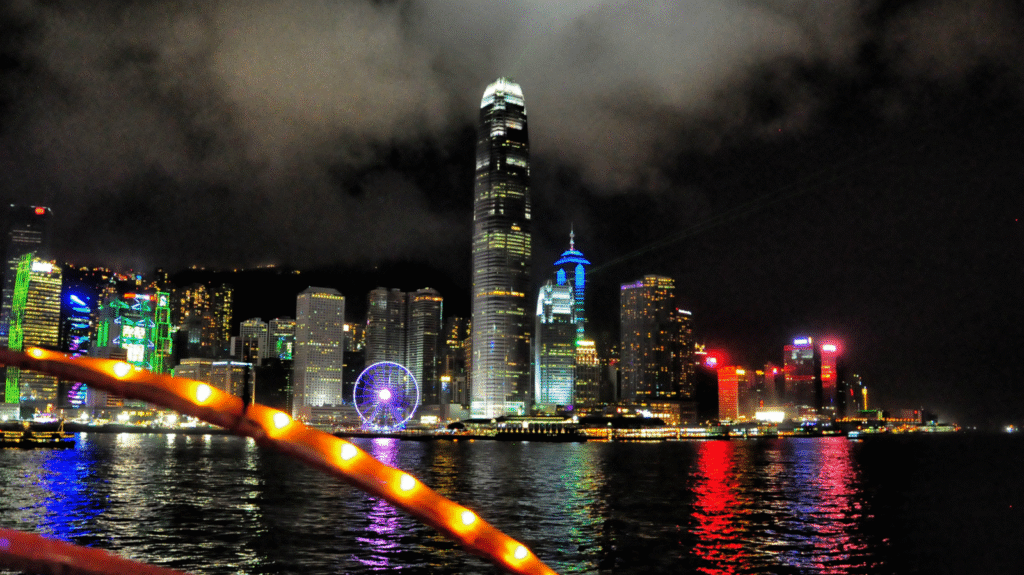
The views, especially from the water, are unforgettable.
Final Thoughts
Hong Kong isn’t just a city — it’s an experience. Each neighborhood tells a different story, each dish speaks to a different part of its culture, and each tram, ferry, or trail reveals a new perspective. Whether you’re visiting for the first time or returning again, there’s always something new to discover. With this guide, you’re equipped to dive deep into the many layers that make Hong Kong one of Asia’s most dynamic destinations.

